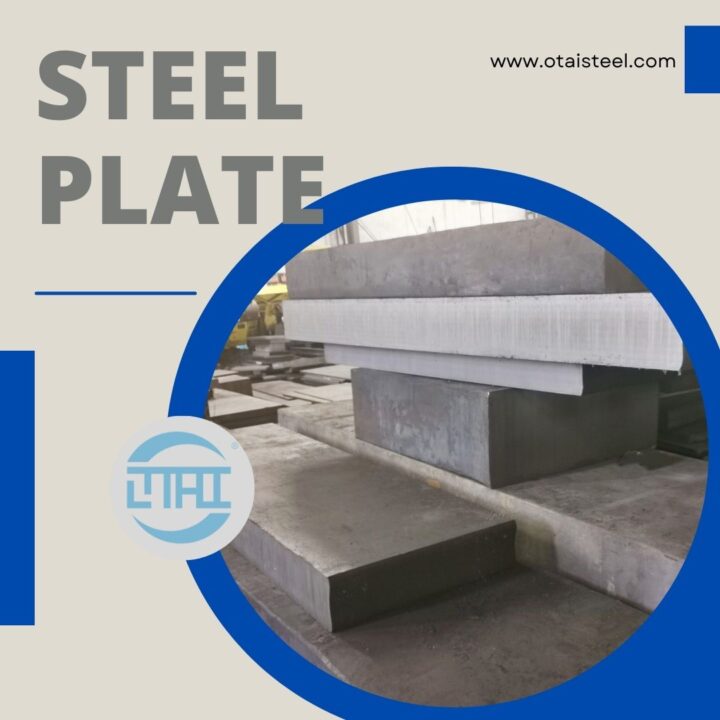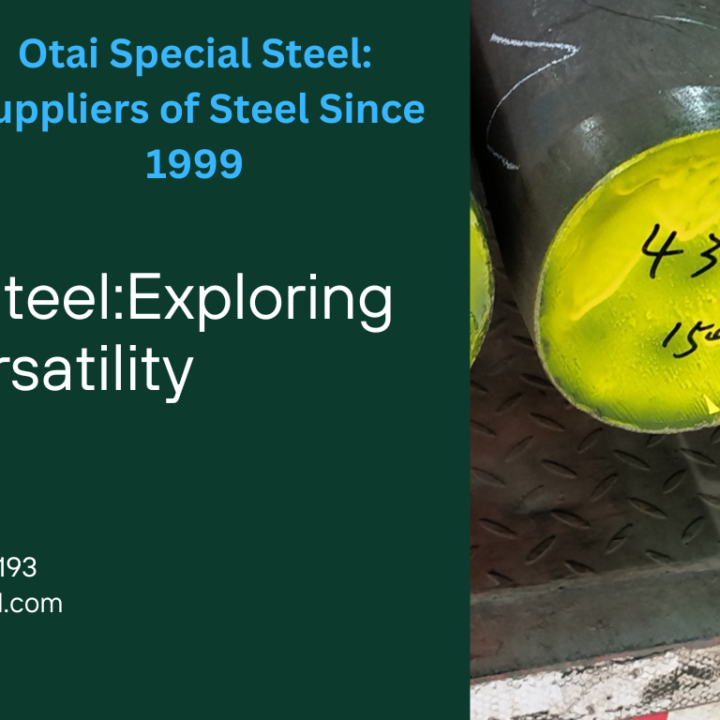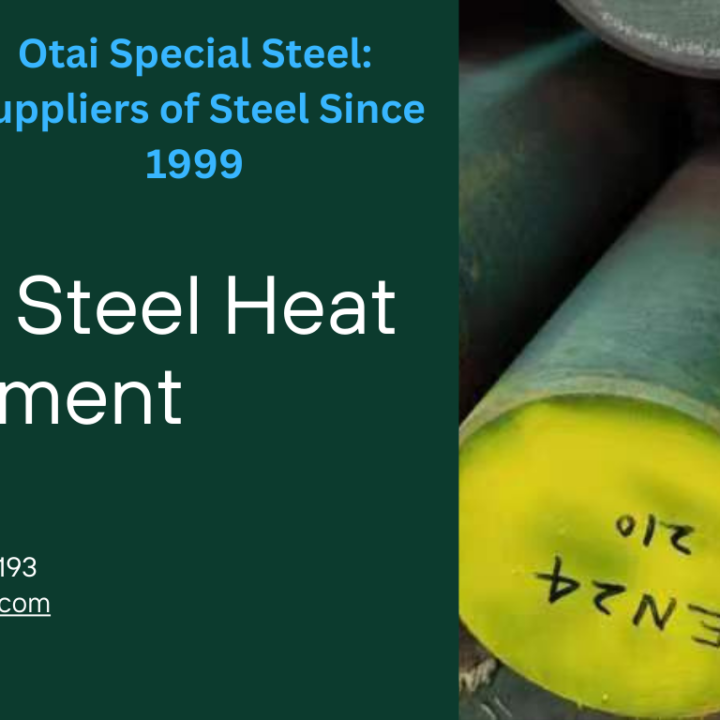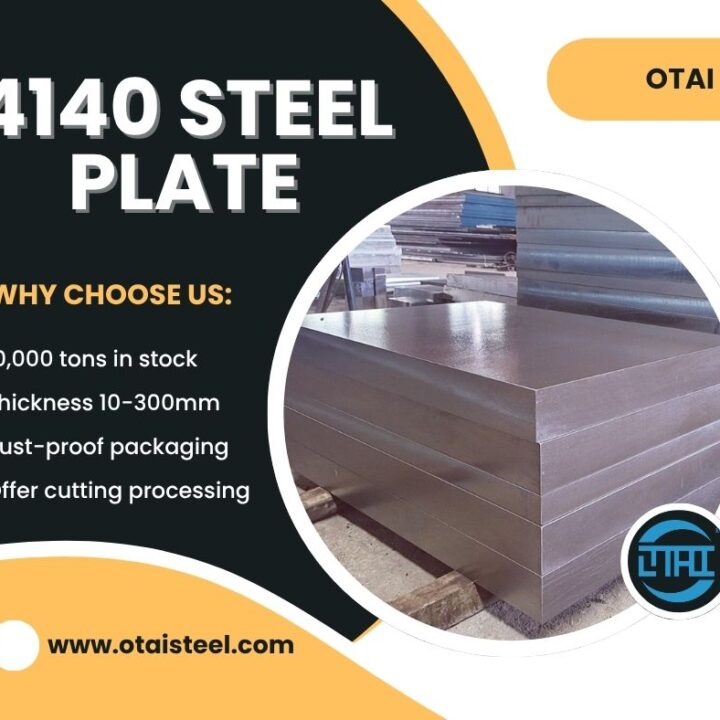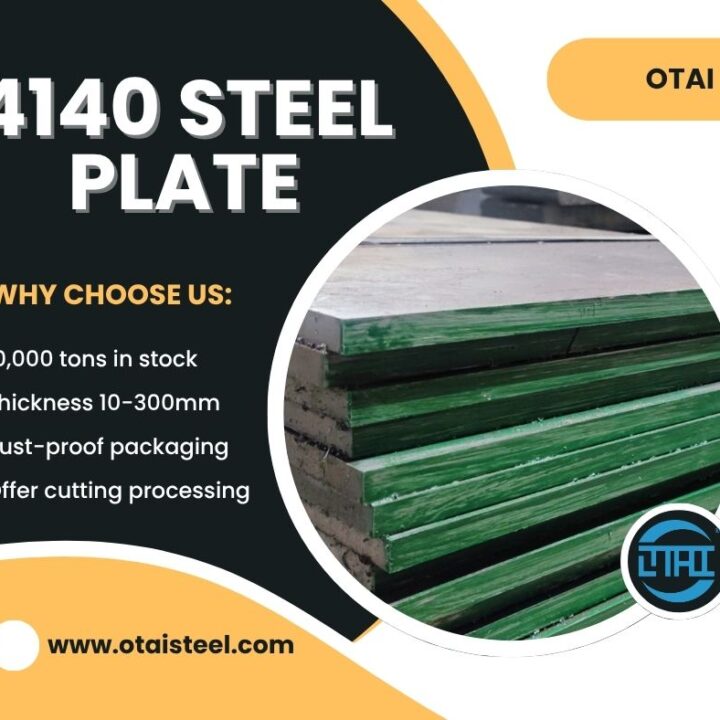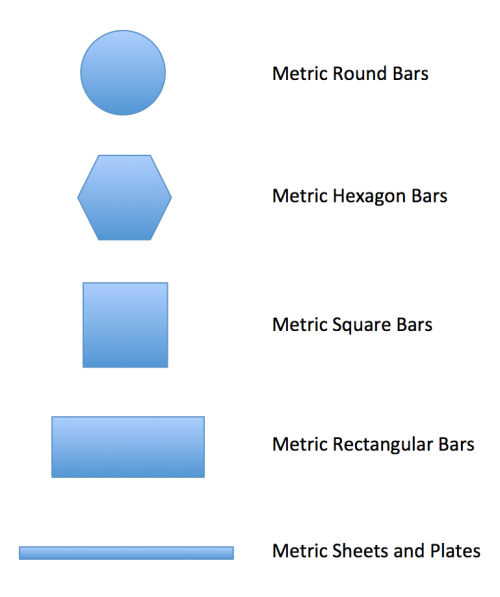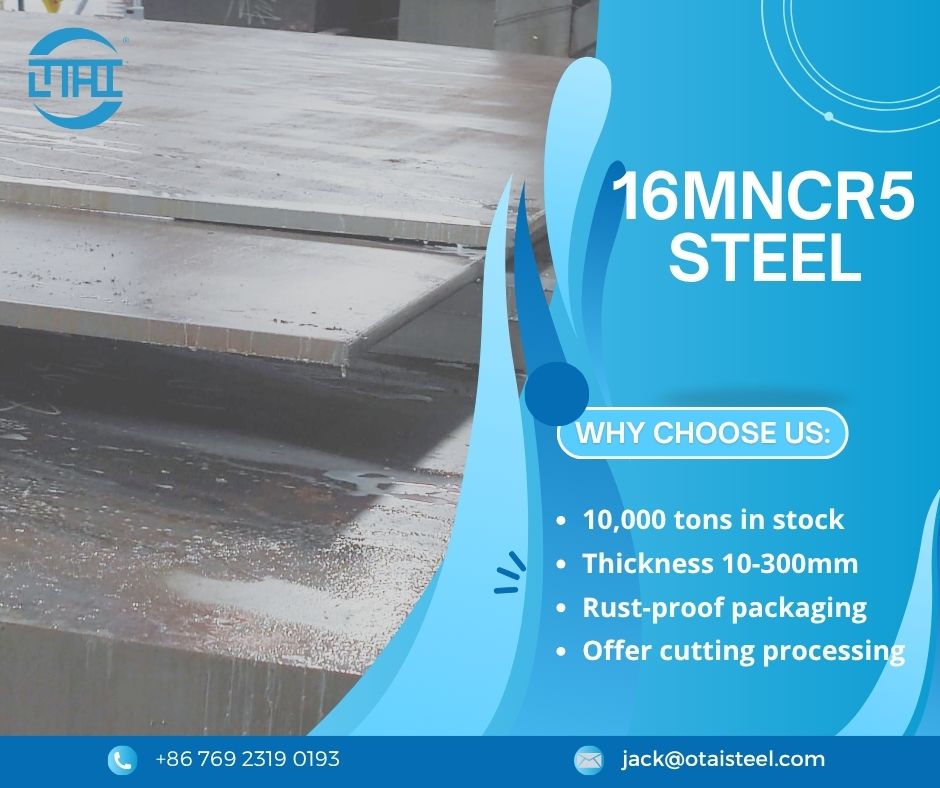 Is 16MnCr5 Low Carbon Steel?
Is 16MnCr5 Low Carbon Steel?
16MnCr5 is a versatile alloy steel known for its excellent mechanical properties, making it a popular choice in industries such as automotive and machinery manufacturing. However, there’s a common question that arises: Is 16MnCr5 considered low carbon steel? In this article, we will explore the carbon content of 16MnCr5, its properties, and how it compares to other steel grades, particularly in relation to carbon content and strength.
🔍 What Is 16MnCr5 Steel?
16MnCr5 is an alloy steel containing a combination of manganese (Mn) and chromium (Cr). This combination makes it ideal for high-strength, wear-resistant applications. It is widely used for components like gears, shafts, crankshafts, and more, which endure high stress and wear. Its carbon content significantly affects its mechanical properties.
Basic Composition:
-
Manganese (Mn): Improves strength and wear resistance.
-
Chromium (Cr): Increases hardness, toughness, and corrosion resistance.
-
Carbon (C): The key element affecting hardness and strength.
-
Iron (Fe): The base element of the alloy.
🧪 Carbon Content in 16MnCr5
To directly answer: No, 16MnCr5 is not low-carbon steel.
What is Low Carbon Steel?
Low-carbon steels typically contain less than 0.30% carbon. These steels are relatively soft, have good ductility, and are easy to weld. On the other hand, 16MnCr5 contains 0.14-0.19% carbon, which places it in the category of medium-carbon steel.
Carbon Content Breakdown:
-
Low-carbon steel: < 0.30% carbon
-
Medium-carbon steel: 0.30% – 0.60% carbon (16MnCr5 falls into this category)
-
High-carbon steel: > 0.60% carbon
The relatively low carbon content of 16MnCr5 contributes to its toughness and formability, but the presence of chromium and manganese ensures that it retains high strength and hardness, especially after heat treatment.
🛠️ Properties of 16MnCr5 Steel
As a medium-carbon steel, 16MnCr5 combines excellent mechanical properties, making it suitable for various high-performance applications. Let’s dive into the key characteristics:
1. Strength and Hardness
The carbon content and alloying elements like chromium and manganese give 16MnCr5 high tensile strength and excellent resistance to stress. These characteristics make it ideal for mechanical components subject to high loads and forces.
-
Tensile Strength: Around 800-1000 MPa.
-
Yield Strength: Around 550 MPa.
-
Hardness (after heat treatment): Surface hardness can reach 58-62 HRC after carburizing and quenching.
2. Wear Resistance
The presence of chromium in 16MnCr5 boosts its wear resistance, making it an excellent material for gears and other parts exposed to constant friction and wear. This is why it is ideal for automotive and industrial machinery applications.
3. Good Toughness and Ductility
Despite its medium carbon content, 16MnCr5 maintains a solid balance of toughness and ductility. This combination allows it to absorb shock, resist cracking, and endure mechanical stress, which is vital in components like crankshafts and axles.
4. Hardenability
Manganese and chromium enhance the hardenability of 16MnCr5. This means the steel can achieve deep hardening during processes like carburizing and quenching, allowing for a tough core with a hard surface that resists wear.
⚙️ Heat Treatment and Hardenability of 16MnCr5
16MnCr5 undergoes various heat treatment processes, which are essential for achieving optimal hardness and wear resistance. These treatments enable the steel to meet specific demands in high-performance applications.
Carburizing and Tempering:
-
Carburizing increases the surface hardness of 16MnCr5 by introducing carbon into the steel at high temperatures.
-
Quenching, or rapid cooling, after carburizing ensures a hard surface, reaching 58-62 HRC.
-
Tempering follows to relieve internal stresses, improving the toughness of the steel without compromising its hardness.
These heat treatments make 16MnCr5 suitable for components that endure both high wear and high mechanical stress, such as gears and axles.
🏭 Applications of 16MnCr5 Steel
Due to its outstanding mechanical properties, 16MnCr5 is widely used in the following applications:
-
Automotive parts: Crankshafts, camshafts, gears, and drive shafts.
-
Heavy machinery: Bearings, shafts, and gears.
-
Industrial equipment: Structural components, valves, and molds.
-
Tooling applications: Cutting tools, dies, and blades.
The steel’s combination of strength, toughness, and wear resistance makes it the material of choice for components exposed to mechanical stresses in demanding environments.
📊 Comparison: 16MnCr5 Steel vs. Other Steel Grades
| Steel Grade | Carbon Content | Main Elements | Properties |
|---|---|---|---|
| 16MnCr5 | 0.14-0.19% | Manganese, Chromium | High strength, wear resistance, good toughness, and hardenability |
| AISI 1045 | 0.45% | Manganese | Medium strength, good machinability |
| AISI 4130 | 0.30% | Chromium, Molybdenum | High strength, toughness, and hardenability |
| AISI 4340 | 0.40-0.50% | Nickel, Chromium | High toughness, used in aerospace and heavy-duty applications |
As shown, 16MnCr5 provides a unique balance of hardness, strength, and toughness, making it well-suited for demanding applications in automotive and heavy machinery.
💪 Company Advantages
At Otai Special Steel, we ensure you get the best materials for your needs. Here’s why you should choose us:
-
Extensive Inventory: We stock over 10,000 tons of various steel products, ensuring fast delivery.
-
Custom Solutions: We offer services like custom cutting, heat treatment, and packaging tailored to your specifications.
-
Quality Assurance: Our products undergo rigorous testing, including chemical composition analysis, ultrasonic testing (UT), and third-party inspections.
-
Global Reach: We supply high-quality steel to major international clients across a range of industries.
❓ Frequently Asked Questions (FAQ)
Q1: Why isn’t 16MnCr5 considered low carbon steel?
A1: 16MnCr5 is medium-carbon steel because it contains between 0.14-0.19% carbon, which is higher than low-carbon steels, typically below 0.30%.
Q2: What makes 16MnCr5 ideal for gears and shafts?
A2: Its high wear resistance, good hardenability, and ability to withstand fatigue make 16MnCr5 perfect for components like gears and shafts that experience mechanical stresses.
Q3: Can 16MnCr5 be welded?
A3: Yes, 16MnCr5 can be welded, but due to its medium-carbon content, welding requires care to avoid cracking. Preheating and post-weld heat treatment are often necessary.


